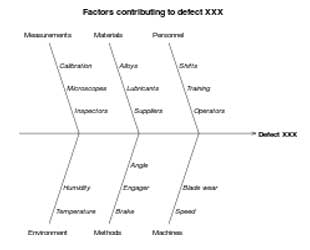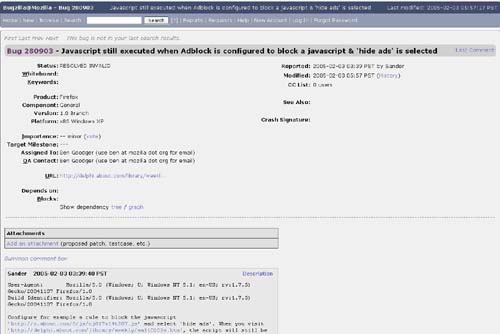Tips to Apply Root Cause Analysis for Software Quality
Root Cause Analysis (RCA) is an approach used in software quality to identify the root causes of bugs or issues and address them instead of treating the symptoms. In this article, Mush Honda explains that RCA can be applied to end user feedback as well as software defects during software testing and provides some tips on how to apply RCA.






